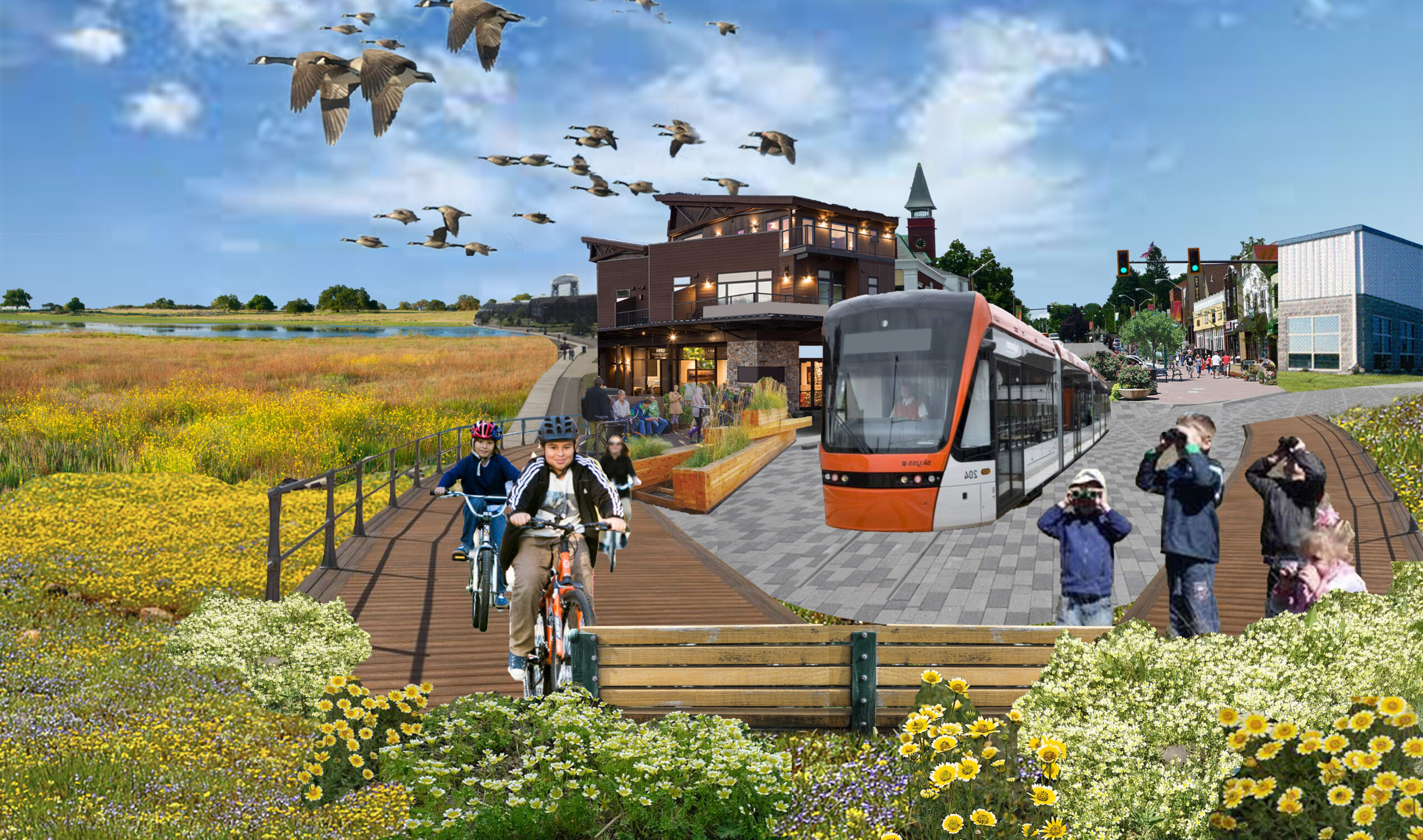Housing for the 87%
December 10, 2020
Dear Friends and AEL’s Aligned Orgs:
RE: Action Alert. Board of Supervisors 12/15/20 hearing on the Draft Housing Element Update
Our concern grows each day as we approach the end of pandemic unemployment payments and the moratorium on evictions. The vulnerability of our citizens is palpable; as is our anguish over their security. The pandemic has heightened community awareness of the multiple crises affecting people and families and the inadequacies of our social safety net.
Concurrent with the COVID crisis, Placer County is updating our Housing Element to address the changing needs of the County and aligning with State housing law. On December 15th, 2020, at a time to be determined, the Placer County Board of Supervisors is hosting a Virtual Community Workshop on the Housing Element Update by zoom – but you must register! https://www.placer.ca.gov/6632/Public-Meetings
Now is the time for all of us to contribute suggestions and comments in Placer County’s efforts to update and remedy the housing affordability crisis affecting our community in real time.
As we see it at AEL, an outdated land-use policy is the hub of two big local problems that are interrelated – 1) our lack of affordable housing and 2) our abysmal air quality exacerbated by lack of mass transit and added vehicle miles traveled to work centers. We believe that the Housing Element Update is an opportunity for conversation on and resolution of these critical problems.
Urban sprawl is costly to build and it does not pay for itself. The County routinely dedicates tax dollars to subsidize the cost of infrastructure (sheriff, fire, roads, water, sewer) to serve low density urban sprawl. Once it’s built, public services to each sprawl home cost 33% more than the County collects in property taxes. That’s $1,960 per home, per year. Low density urban sprawl housing is a long-term cost liability to us all. In addition to being unaffordable to 87% of County taxpayers who inadvertently subsidize through their property tax which is currently the 9th highest median property tax out of 58 in California. When developers are not held accountable by the County to provide their required 10% of affordable homes, eligible residents are excluded from the housing market, as developer profits soar. Additionally, there is a pattern of practice in the County of rezoning established Community Plans and General Plan to reduce affordable housing and increase low density high profit housing development. This practice benefits private developmenters; at a significant cost to residents who are denied access to affordable housing. It’s also an environmental and public health liability perpetuating automobile dependency (the single largest source of CO2). Poor air quality is directly linked to respiratory and heart illness and disease and delayed cognitive development and increased rates of childhood cancer.
Join us in inviting the County to use the Housing Element Update process to undertake a big picture analysis of the deleterious effects of sprawl on overall community well-being; as reflected in the housing affordability crisis and our dangerously poor air-quality.
info on the update: https://www.placer.ca.gov/6624/2021-Housing-Element-Update
County Frequently asked questions: https://www.placer.ca.gov/6626/Frequently-Asked-Questions
Please relay your concerns to:
Shawna Purvines the Housing Element Planner Spurvines@placer.ca.gov
Background: California assigns a “fair share” affordable housing quota to each City and County ensuring that housing is available at every income level. For a project to be self-sustaining, it must meet a job to housing ratio ensuring that workforce families are able to live near job centers reducing vehicle miles travelled.
If Counties and Cities fail to enforce their required 10% affordable housing in their developments to meet this fair share requirement, the State may withhold transit funds among other consequences. Placer County has failed to hold developers accountable for 5,031 affordable housing units in the massive subdivisions that we’ve seen transform on our greenfields and farms to sprawl between 2013-2021. In fact, the projects that the County approved, permitted (included) only 237 affordable units and of these none have been built largely because developers were granted the privilege of paying in- lieu fee of as little as $4,400 per house in violation of the current housing element. The total dollar to be collected is adequate to build less than 100 affordable homes for our young families and those in fields necessary for our quality of life such as teachers, law enforcement and first responders.
You may know that Placer County’s western flank is now the fifth worst air quality region in the nation and among Ca. counties, we rank among the worst for provision of affordable housing. Both issues have their roots in this land use policy that perpetuates sprawl. It can also be ameliorated if the County makes a wholesale policy shift away from suburban sprawl to infill development and smart growth for new development.
It begs explaining again: families in need of affordable housing do not conform to the negative and persistent stereotypes applied to people who require a public housing subsidy. Affordable housing is not “subsidized housing” – it is ownership housing priced to be affordable to people making $76,000 per year, Nearly nine of every 10 people you interact with each day in Placer County qualify for affordable housing, not because they are necessarily low income, but because the housing product that is available here are unaffordable to them.
An affordable home is one for which the occupant pays no more than 33% of gross family income to housing. As was demonstrated in the Alliance for Environmental Leadership’s Citizen-Initiated Smart Growth Plan Phase 2, the median income for a 4 person Placer County family in 2018 was $76,100 annually. For 87% of Placer County residents, an affordable home is priced at $282,374. The average Placer County sale price for a home in 2018 was $570,000, an affordability gap of $287,626. Some families may overcome this gap and achieve home ownership, but they do so at the cost of their quality of life, health care, education and quality food; among other costs because they are spending a disproportionate amount of their income on housing to live and pay taxes in Placer County.
There is a sad irony that the very Placer County residents that cannot find an affordable home in the County, actually subsidize the high cost subdivisions that proliferate here. This is because sprawl subdivisions not pay their way through property tax (as shown above, Placer County has the 9th highest tax rate in CA) but the County also routinely contributes millions of tax dollars to fund infrastructure (roads, sewers, drainage) for private developers building sprawl. Case in point, for the Placer Ranch Project which was approved this year, Placer County has allocated $17.6 million in tax dollars for backbone infrastructure and $19 m to reduce odor from the landfill. This is a 6,000 home primarily low density sprawl community on land the our adopted General Plan designated for agriculture and limited industrial use.
The County also floats bond issues to remedy traffic congestion. All these costs are borne by Placer County residents – 87% of whom are taxpayers who need affordable homes. These taxpayers actually subsidize private high-cost housing projects that are unaffordable to them.
In our comments on Placer County’s Housing Element, we asked Placer County to recognize the systematic social and econonic discrimination against 87% of our citizens. We ask the Board of Supervisors to address the affordability crisis and work toward climate resilience. That begins with a wholesale paradigm shift away from the SACOG and the County’s 10% affordability rule (and at the very least enforcement of the County’s own affordability policies. The rule provides that only 10% of homes in new developments exceeding 100 units must be affordable to the 87% (people that live here and pay taxes here and earn $76,000) is discriminatory and benefits incomers – not our own working families.
We propose that the County compel developers to build higher density housing; be priced to reflect the demographic (income) of OUR working, tax paying families and be appropriately located near transportation hubs and amenities not relegated to the worst locations within these massive plans.
Among the issues we will bring up at the December 15 hearing is:
- Why is the in lieu fee which allows developers to evade the responsibility of building any affordable housing at all, is still a part of the Housing Element Update. We urge the County to do-away with the 10% rule and replace it with a policy that homes in subdivisions will be priced to reflect the demographic mix of our community and require that multi-family rental housing as a standard element for all development.
- Why is there an affordability exclusion for development projects under 100 units? If subdivisions of 100 units and less are excluded from Housing Element affordability requirements and Specific Plans are also allowed to diverge, how many opportunities remain to deliver affordable housing.
- Why have Specific Plans been selectively allowed to circumvent the required Housing Element affordability provisions to build units dispersed through the project?
- If workforce housing policies that exist in the Tahoe Basin were applied to the whole of the County, how would it impact the development of affordable units? Will the Housing Element Update call for workforce housing policy (applicable now only to the Tahoe Basin) apply on the County’s western slope? We feel that this is appropriate. Will the County conduct a survey to determine to what degree the job/housing disparity exists here as exists in the Tahoe Basin.
- Should new commercial/office projects be required to produce a parallel housing development; priced to shelter future workers who will work in those commercial/office projects?
- Will the Housing Element discourage continued conversion of greenfields to urban sprawl? Will the County address our air quality crisis; protect public health and the environment by shifting away from auto dependent sprawl and embracing smart growth concepts. (www.enviroalliance.org). What is the County’s deterrent to developers who buy greenfields and farms and commence to entitle them?
- Will proposed Housing Element policies encourage the County to stop subsidizing sprawl? Will they promote developers to reinvest in existing urban areas creating a diversity of housing choices to come on the market near to job centers? Please quantify.
The Draft Placer County Housing Element Update proposes a range of costly and complicated formulae to incentivise a diversity of housing price points. We fear the Draft Update will fail to achieve housing affordability for both rental and ownership housing – for the vast majority of Placer County taxpayers.
We fear that the Housing Element Update will not cause production of housing for the 87%; because the root cause of the affordability crisis – low density sprawl – persists as the default land use. Over 30,000 acres of undeveloped unincorporated and incorporated lands in our County are zoned for low density sprawl.
We are nearly 10,000 affordable units deficient today; and tomorrow that deficiency will only grow because the patchwork of programs within the Housing Element Update do not address the root cause of our affordability crisis – land use policy.
We believe what is needed is a new big picture vision for what is necessary to set straight the housing affordability crisis, the jobs housing balance and enable public transit to improve our air quality and public health. If the County looked outside the conceptual framework that has contributed to the crisis today, and diversified the conversation there is an opportunity for the County to solve the affordability crisis as we improve our overall quality of life and preserve the character of this special place.
Please take a moment to provide comments to the Board of Supervisors. Links to the meeting and comment avenues are below. Thank you to our friends and aligned organizations for exercising your right to meaningful participation in the governmental process by providing comments to the Board.
Together we’re a stronger voice.
Sincerely,
Leslie Warren, Chair
Alliance for Environmental Leadership
info on the update: https://www.placer.ca.gov/6624/2021-Housing-Element-Update
County Frequently asked questions: https://www.placer.ca.gov/6626/Frequently-Asked-Questions
Please relay your concerns to:
Shawna Purvines the Housing Element Planner Spurvines@placer.ca.gov
Contact Us
Join Us

We defend and protect natural ecosystems in Placer and Nevada Counties.
MEETINGS MONTHLY, REACH OUT FOR DETAILS
allianceforenviroleadership@gmail.com
Share the Love
When you donate to the AEL, you enable our positive and inclusive consensus-building projects to grow in scope and depth.
To see what we are currently fundraising for, and to learn how to donate, click the button below.
© Copyright 2020 Alliance for Environmental Leadership, Designed by Genevieve Marsh






